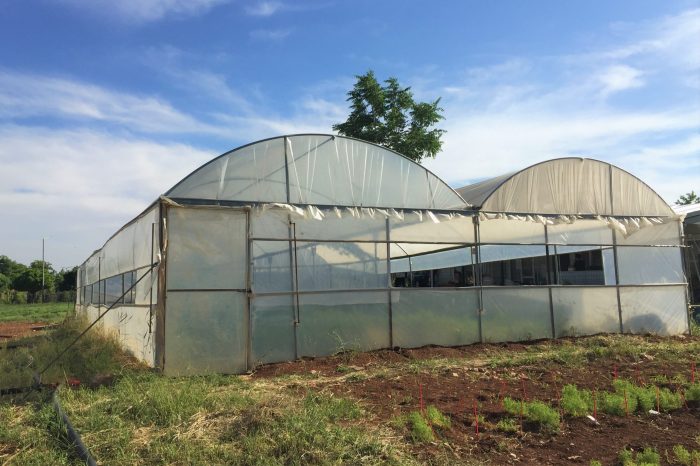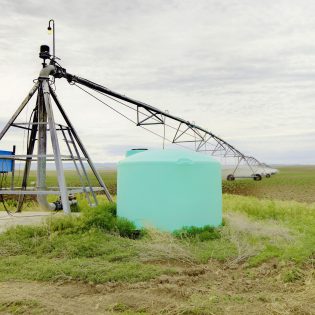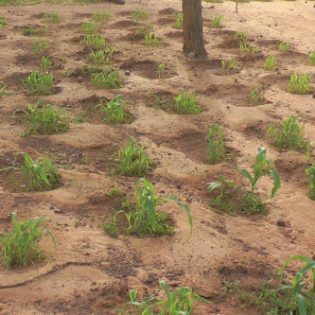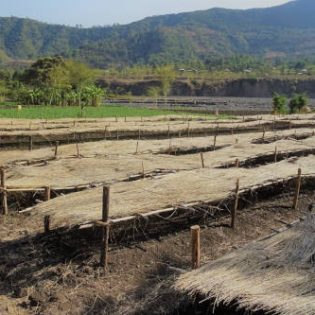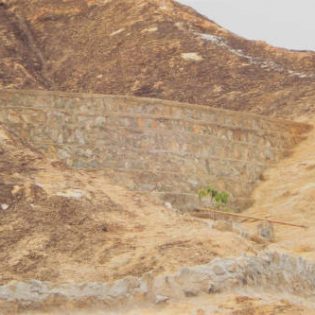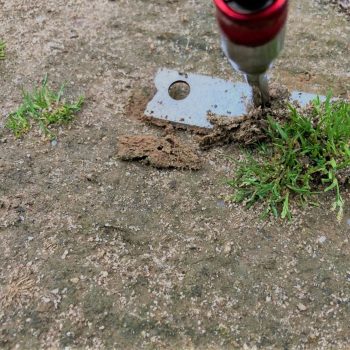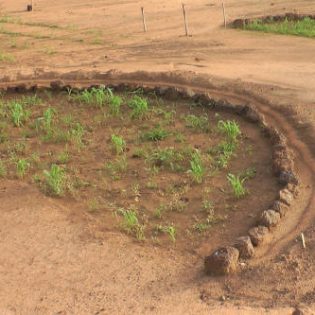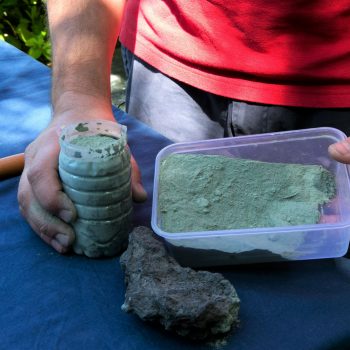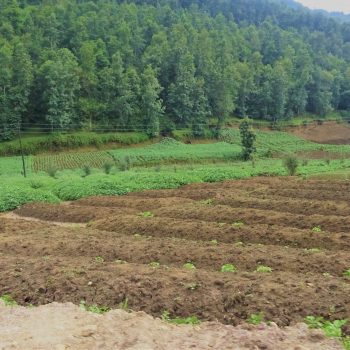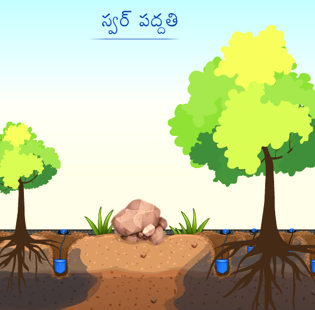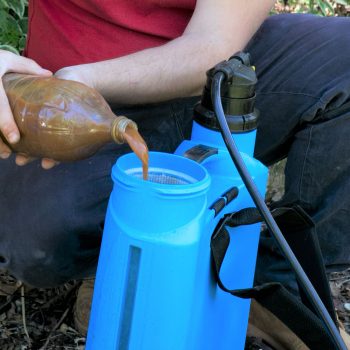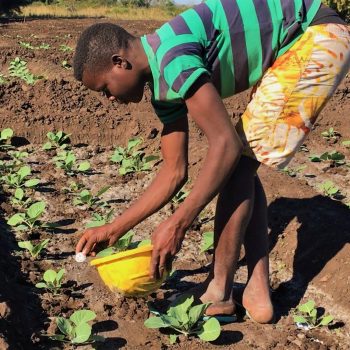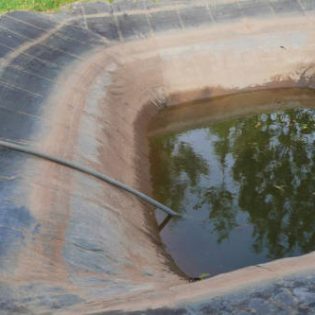| Greenhouses and polytunnels are structures with walls and roof made mainly of transparent material, such as glass, in which crops are grown under regulated climatic conditions.
The structures range in size from small sheds to industrial-sized buildings. The interior of a greenhouse exposed to sunlight becomes significantly warmer than the external temperature, protecting its contents in cold weather. Greenhouses and polytunnels provide a variety of advantages such as: (1) Longer growing season (even in cold climates) (2) Create an optimum growing environment (3) Suitable for a wide variety of plants (4) Protection of pests and diseases (5) Increased crop yield compared to conventional farming In high-tech greenhouses, all variables including: (sun)light composition and intensity, humidity, temperature, windspeed and integrated water and nutrient management. These systems allow for the optimal growing conditions in any given climate, be it that energy and water consumption may vary. High-tech greenhouses offer a near closed loop when it comes to water consumption as water that is transpired by plants or evaporated from planting substrates can be recollected (as condensation) and reused within the greenhouse. This making the systems a near optimum when it comes to water productivity, with the highest end performers noting a mere 1% of water required that would need to be ‘freshly’ sourced from outside the greenhouse.
|
Additional information
| Agriculture | Flood/spate irrigated, Irrigated, Rainfed (Crop) |
|---|
